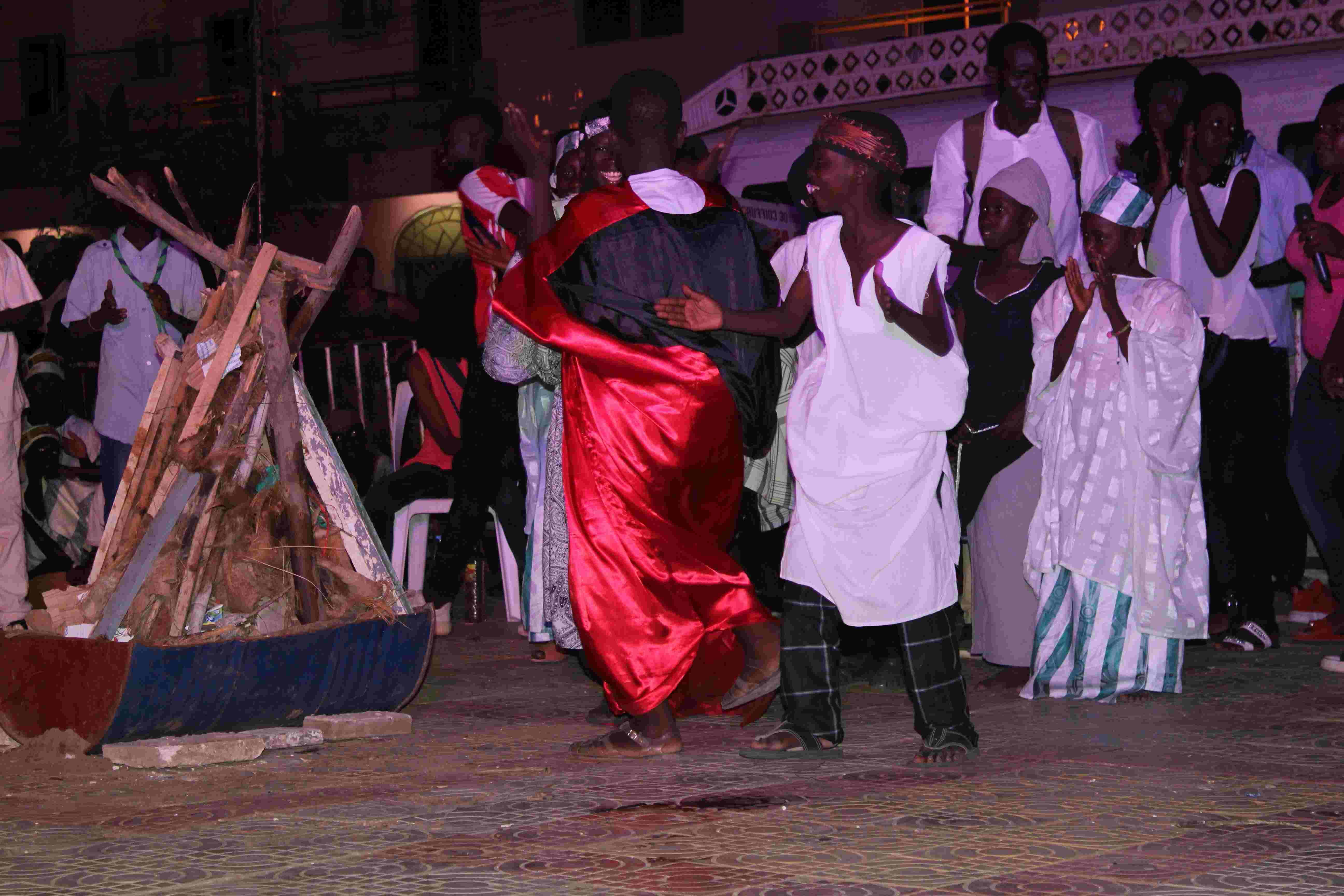
Curious about the Serer religion? This ancient belief system, practiced by the Serer people of Senegal, Gambia, and Mauritania, is rich in history and tradition. Unlike many other African religions, the Serer faith has a unique blend of animism, ancestor worship, and cosmology. Serer religion emphasizes the importance of nature, spirits, and the interconnectedness of all life. Followers believe in a supreme deity called Roog or Rog, who created the universe and everything in it. The Serer people also honor their ancestors through rituals and ceremonies, believing that the spirits of the deceased continue to influence the living. Ready to learn more? Here are 27 fascinating facts about the Serer religion that will give you a deeper understanding of this captivating faith.
Origins of Serer Religion
The Serer religion is one of the oldest belief systems in West Africa. It is deeply rooted in the history and culture of the Serer people, who primarily live in Senegal, The Gambia, and Mauritania.
- The Serer religion predates Islam and Christianity in West Africa.
- It is believed to have originated around 2000 BCE.
- The religion is closely tied to the Serer people's agricultural lifestyle.
Beliefs and Deities
The Serer religion has a rich pantheon of deities and spirits. These beings play a crucial role in the daily lives and spiritual practices of the Serer people.
- Roog (or Rog) is the supreme deity in Serer religion.
- The Serer believe in a multitude of lesser gods and spirits.
- Ancestor worship is a significant aspect of their religious practice.
Rituals and Ceremonies
Rituals and ceremonies are essential components of the Serer religion. They mark important life events and seasonal changes.
- The Xooy ceremony is a divination ritual performed by Serer priests.
- The Ndut rite of passage marks the transition from childhood to adulthood.
- Agricultural festivals celebrate the planting and harvesting seasons.
Sacred Symbols and Objects
Symbols and objects hold great significance in the Serer religion. They are used in rituals and as representations of spiritual beliefs.
- The Serer use sacred stones called "Pangool" in their rituals.
- The "Yoonir" is a star-shaped symbol representing the universe.
- Traditional Serer attire often includes symbols of their deities.
Places of Worship
The Serer people have specific places where they conduct their religious practices. These locations are considered sacred and are treated with great respect.
- Sacred groves are common places of worship for the Serer.
- Family shrines are maintained to honor ancestors.
- Certain rivers and bodies of water are considered holy.
Influence on Culture and Society
The Serer religion has a profound impact on the culture and social structure of the Serer people. It influences their art, music, and community life.
- Traditional Serer music often includes religious themes.
- Serer art frequently depicts their deities and spiritual symbols.
- Social hierarchies in Serer society are influenced by religious roles.
Modern-Day Practices
Despite the spread of Islam and Christianity, many Serer people continue to practice their traditional religion. It remains a vital part of their identity.
- Some Serer people practice a syncretic blend of Serer religion and Islam.
- Efforts are being made to preserve and document Serer religious practices.
- Serer religious festivals are still widely celebrated.
Challenges and Preservation
The Serer religion faces challenges in the modern world, but there are ongoing efforts to preserve this ancient belief system.
- Urbanization and modernization threaten traditional practices.
- Younger generations are being educated about their religious heritage.
- Cultural organizations work to protect Serer religious sites.
Notable Figures in Serer Religion
Several individuals have played significant roles in the history and practice of the Serer religion. Their contributions are remembered and honored.
- Saltigue are Serer priests known for their divination skills.
- Lamane are traditional leaders with both political and religious authority.
- Historical figures like Maad a Sinig Kumba Ndoffene Famak Joof are celebrated for their contributions to Serer culture and religion.
Final Thoughts on Serer Religion
Serer religion is a rich tapestry of beliefs, rituals, and traditions. Its deep connection to nature, ancestors, and the cosmos sets it apart. The Serer people have preserved their spiritual heritage through oral traditions, ceremonies, and sacred sites. From the importance of the Pangool (ancestral spirits) to the significance of the Ndut initiation rite, every aspect of Serer religion reflects a profound respect for life and the universe. Understanding these facts not only broadens our knowledge but also fosters appreciation for diverse cultural practices. As we continue to learn about different religions, we gain insight into the values and worldviews that shape societies. Serer religion, with its unique blend of spirituality and tradition, offers a fascinating glimpse into the human quest for meaning and connection.
Was this page helpful?
Our commitment to delivering trustworthy and engaging content is at the heart of what we do. Each fact on our site is contributed by real users like you, bringing a wealth of diverse insights and information. To ensure the highest standards of accuracy and reliability, our dedicated editors meticulously review each submission. This process guarantees that the facts we share are not only fascinating but also credible. Trust in our commitment to quality and authenticity as you explore and learn with us.


